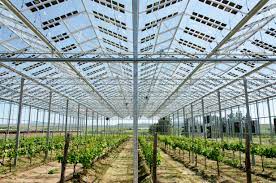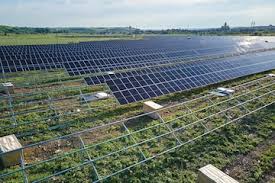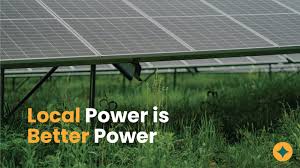HOW PROFITABLE IS A AGRO – TOURISM BUSINESS?
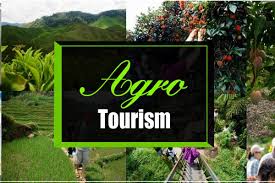
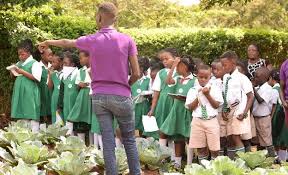
Agro – tourism receives massive support from Government because it gives farmers and other stakeholders in the industry a opportunity to generate additional income and an avenue for direct marketing of their produce to consumers.
Agro – tourism is a booming line of business in any country. Agro tourists can choose from a wide range of activities that include picking fruits and vegetables, riding horses, tasting honey, learning about wine and cheese making, or shopping in farm gift shops and farm stands for produce or hand crafted- gifts.
Some of the factors that encourage entrepreneurs to start their own agro tourism business could be that the business is easy to set up and the start up capital is indeed affordable.. You can actually start your own agro- tourism business from a small farm. However, you need to ensue that you have things in place or activities that will compel people (tourists) to travel from far to tour your farm.
Agro – tourism is defined as a form of commercial enterprise that links agriculture production or processing with tourism in order to attract visitors, with a number of financial, educational and social benefits for tourists, producers and communities. Travelers are stepping off the beaten track and treading new paths, embracing local culture, food, flora and fauna. Agro – tourism caters to this rising demand for valuable experiences, by offering insight into (often unseen) industries. In doing so, it can also become a key contributor to the local tourism economy, attracting a higher volume of visitors and increasing the length of their stay.
Agro – tourism can offer guests new insights and experiences that in most instances, strengthens their connection with the environment. Whether it’s cut-flower gardens offering bouquet workshops, dairy farms inviting guests to milk cows, or those providing temporary accommodation facilities, it’s a great way to fuse travel experiences for guests with agricultural benefits for businesses.
WANT TO KNOW MORE OR NEED HELP WITH A PROFESSIONAL AND WELL – STRUCTURED FARMING BUSINESS PLAN CONTACT US NOW AT (27) 84 583 3143 OR EMAIL: money2global.co.za
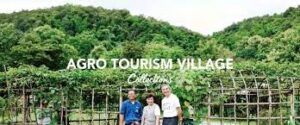

HOW PROFITABLE IS A AGRO – TOURISM BUSINESS? Read More »

